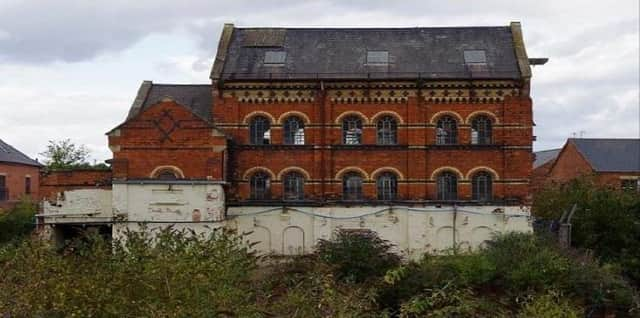Plans approved to turn Grade II listed Victorian mill in Harborough into flats


Plans to turn a Victorian mill in Harborough into flats have been given the go-ahead.
Applicant Hazelton Homes has been permitted to change the use of a Grade II-listed mill and build three apartment buildings on land at the Welland Quarter, in St Marys Road.
Advertisement
Hide AdAdvertisement
Hide AdA total of 83 flats will be built on the site and the new apartment blocks will be four and five storeys high, and will sit around the 19th century mill. It is the only remaining building on the site and was formerly surrounded by other industrial units when it was built in the 1860s.
The mill will contain one studio apartment, as well as two, one-bed flats and three two-beds. The new apartment blocks will feature a total of 11 studio flats, 44 one-bed flats and 22 two-beds.
Plans were voted through unanimously during a recent Harborough District Council planning meeting. Some councillors raised concerns that 39 parking spaces were not enough, but it was generally well received.
Cllr Sindy Modha said: “It is such an eyesore and a brownfield site and it needs something to go in there. I think this proposal adds value to the town of Harborough and is going to attract the type of consumer that will be catching the train, that will be walking, cycling and will be adding to the town itself.The applicant also plans to refurbish the empty mill to improve wear and tear caused by buildings that were attached to it. The use of closely matching bricks aims to minimise intervention. Grade II-listed buildings are of ‘specialist interest’, according to Historic England, the body which gives buildings listed status, and efforts should be made to preserve them.
Advertisement
Hide AdAdvertisement
Hide AdWhile it was originally used as a flour mill, it was used as a rubber factory until 2006. The applicant said a range of artwork will feature on the new development, which are reworkings of vintage advertisements from the ‘Harboro’ Rubber Co. Ltd’, which still operates in the town, on the side of the mill.